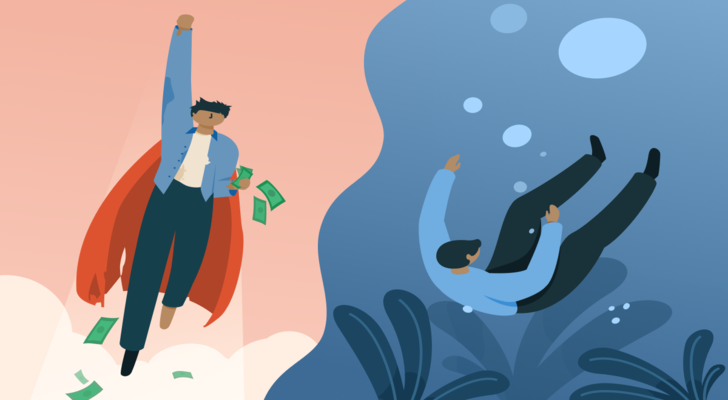
Elevated or unusually excited mood has been described in the literature on bipolar disorder. Periods of euphoria can include increased energy, reduced need for sleep, and expansive affect that may seem out of proportion to circumstances. Accounts sometimes note sustained cheerfulness or heightened amusement that persists beyond the immediate context of an event.

Self-appraisal can fluctuate across mood states. Descriptions include intervals of low self-esteem during depressive phases and, at other times, a heightened sense of confidence or importance during elevated mood. These shifts are discussed in research as features that may influence judgment and social interactions, with intensity varying widely among individuals.

Rapid or “pressured” speech is frequently noted in manic or hypomanic episodes. People may report having numerous ideas at once, moving quickly between topics, and speaking at a pace that others find difficult to follow. Such communication patterns are described as reflecting accelerated thought processes.

Concentration and decision-making can be affected during both elevated and depressed states. Reports mention distractibility, difficulty prioritizing tasks, and starting activities without completion. Individuals sometimes describe losing track of thoughts or goals when attention shifts to new stimuli.

Depressive phases are characterized in summaries by persistent low mood, reduced interest or pleasure, and emotional reactivity. Everyday events may feel more intense than usual, with mood shifting from sadness to brief moments of amusement and back again. Variability in response is commonly highlighted in observational studies.

Clinical literature notes that some individuals report thoughts of self-harm or feelings of hopelessness during depressive episodes. These reports appear alongside descriptions of changes in sleep, appetite, energy, and cognition. The presence, frequency, and duration of such thoughts differ considerably across people and over time.

Irritability and low frustration tolerance are also described. People may report feeling on edge, becoming reactive to minor setbacks, or experiencing heightened sensitivity in social situations. Accounts discuss how these states can contribute to interpersonal tension, with patterns that fluctuate across mood phases.

Impulsivity is mentioned in manic or hypomanic contexts. Examples in the literature include quick, unplanned decisions or risk-taking behaviors, such as unanticipated spending or abrupt changes in activities. Some reports also reference intense emotions and occasional self-directed thoughts, noting substantial variability among individuals.

Studies discuss co-occurrence with substance use, including alcohol, in a subset of individuals. Descriptions emphasize that effects differ based on context and personal history, with outcomes ranging from increased talkativeness to changes in mood or reactivity. Research frames these patterns as comorbidity rather than universal features.

Fatigue is frequently reported, particularly during depressive phases, and relates to changes in energy regulation across mood states. When mood shifts from elevated to depressed, individuals often describe a noticeable drop in energy and motivation. Summaries underline the cyclical nature of these fluctuations.
Learn more about bipolar disorder at National Institute of Mental Health (NIMH).

